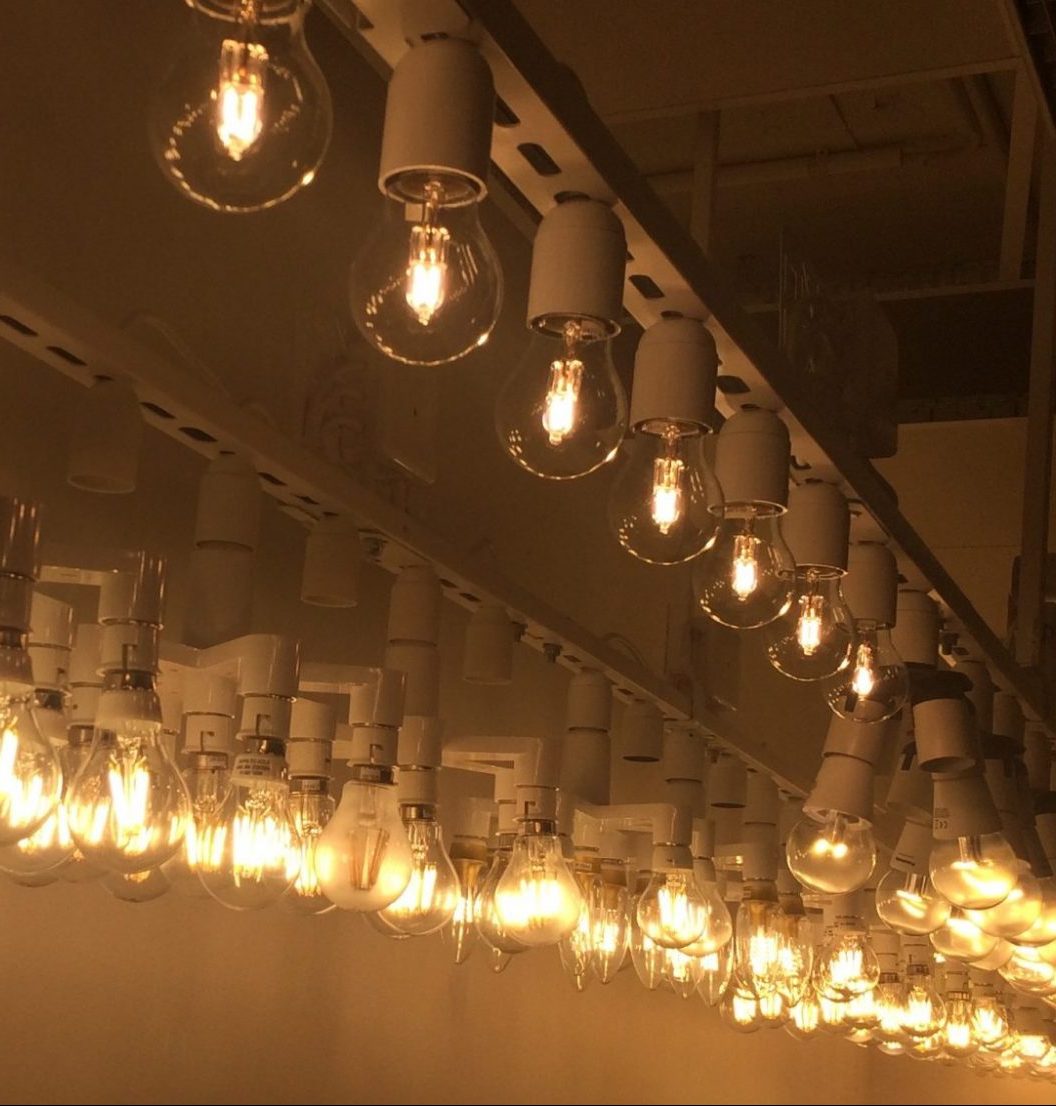4E Home » Publications » Solid State Lighting » Literature Summary of Lifetime Testing of Light Emitting Diodes and LED Products
 This report, Literature Summary of Lifetime Testing of Light Emitting Diodes and LED Products, seeks to address this issue of which test method can best estimate the lifetime of LED lighting products through a review and summary of the literature. The report makes recommendations as to which approach is best. The report draws a clear distinction between the two types of LED product failure: (1) Catastrophic failure and (2) Parametric failure. Catastrophic failure represents a change in the LED lighting system that results in sudden cessation of light output from the LED system, such as a failure in a soldered joint in the driver. Parametric failure is characterised as a gradual change over time until the LED product is no longer producing acceptable light. This could include for example, gradual reduction in light output or a shift in the colour of the light produced.
This report, Literature Summary of Lifetime Testing of Light Emitting Diodes and LED Products, seeks to address this issue of which test method can best estimate the lifetime of LED lighting products through a review and summary of the literature. The report makes recommendations as to which approach is best. The report draws a clear distinction between the two types of LED product failure: (1) Catastrophic failure and (2) Parametric failure. Catastrophic failure represents a change in the LED lighting system that results in sudden cessation of light output from the LED system, such as a failure in a soldered joint in the driver. Parametric failure is characterised as a gradual change over time until the LED product is no longer producing acceptable light. This could include for example, gradual reduction in light output or a shift in the colour of the light produced.
The study found that most lifetime test method standards in use presently consider only parametric failure, the light output maintenance of the LED product. However, lighting products can fail parametrically or catastrophically, and the literature suggests that LED system lifetime depends on both the application environment and the use pattern. Taken together, these conditions cause high LED junction temperature (which degrades the components surrounding the chip and leads to parametric failure) and thermal stress at the interconnects (which results in broken connections and leads to catastrophic failure). The study concludes therefore that to accurately estimate the life of LED lighting systems, the test method and the experiment setup must have the ability to change the environmental conditions and the on-off switching pattern.
The report concludes by recommending two potentially successful life test methods for LED lighting systems, one being the test method adopted by the European Commission Regulation (EU) 2019/2020 which establishes a long-duration switching cycle test method that combines lumen maintenance and switching cycles into one test method. A second promising test method is one proposed by the Lighting Research Centre and formalised by the Alliance for Solid-State Illumination Systems and Technologies (ASSIST). The LRC method has the added advantage that it can be used to predict LED system lifetime based on specified or expected environmental conditions and use patterns, although it does not consider the influence of relative humidity as an independent variable.
































